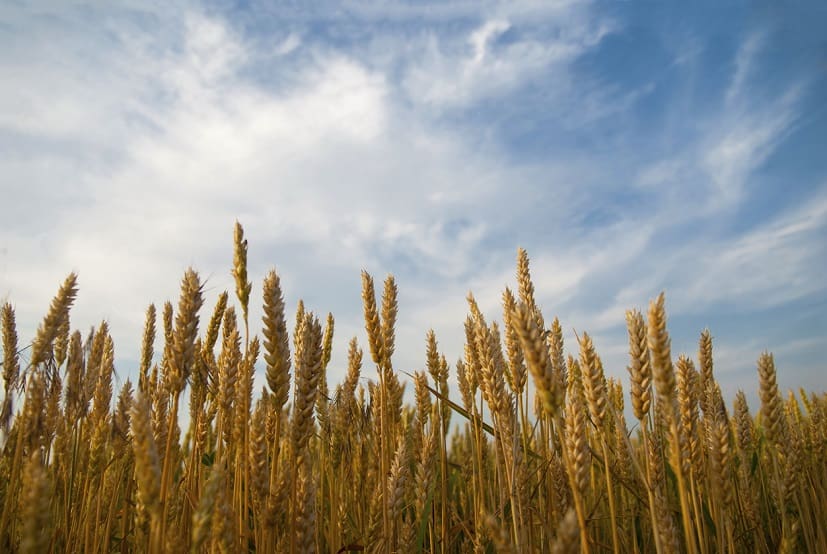
WHEAT prices are likely to slide by up to 10 per cent in coming months due to lack of liquidity, but these lower prices will be compensated to some extent by improved winter crop prospects and increased production, according to Rural Bank’s September Insights Update released today.
Timely August rainfall has improved crop prospects in some areas of below average June and July rainfall, raising the likelihood of increased production helping offset the lower prices.
Rural Bank’s national winter crop production estimate has increased 6 per cent month-on-month after rejuvenating August rainfall over parts of Western Australia, South Australia and Victoria improved prospects for crops at risk of yield decline following below average rainfall in June and July.
Whilst yield potential varies from region to region, particularly in WA and SA, at a state level average production is achievable however will be dependent upon spring rainfall.
The report says the reversal in fortunes of New South Wales crops is the main driver of above average national production estimates of wheat (+25pc), barley (+3.5pc) and canola (+18pc).
Global factors
The impact of China announcing it was suspending barley imports from Western Australian exporter CBH Grain was mostly confined to WA, where barley prices dropped around $15 per tonne.
This is not anticipated to have significant ongoing impact considering barley exports to China were already expected to be minimal following the implementation of an 80.5pc tariff on all Australian barley imports.
Northern Hemisphere winter crop harvest is close to complete in major grain producing countries, with wheat production in the European Union (including the United Kingdom) declining 13pc year-on-year.
Whilst quality is generally good, wheat production in France, the European Union’s largest wheat producer and exporter is down 25pc from last year, with exports projected to decline 30-40pc, or around 10 million tonnes.
Poor quality and production declining 40pc year-on-year in the United Kingdom raises the likelihood of the UK having to import milling quality wheat.
Of the three largest wheat producing nations (China, Russia and India), all are expecting year-on-year production increases, however China and India consume the majority of production domestically.
Whilst Russia has been the world’s largest wheat exporter in the past three years, most Russian wheat is generally of lower quality and not suitable for milling purposes which may provide opportunity for high quality Australian wheat exports in the coming season.
World wheat prices reached four and a half month highs in early September. However, increases were principally driven by a lower US dollar rather than global supply and demand factors and has been somewhat offset in Australian dollar terms by a strengthening Australian dollar.
Domestic influences
With export demand flat as importers turn to Northern Hemisphere crops, local prices are expected to be guided by domestic influences.
Most domestic end users have secured forward supply until the new crop is available.
Without strong export or domestic demand and with current prices around $100/t below season highs, growers still holding on to stock are reluctant sellers creating, a stagnant market.
Prices are expected to remain flat to 10pc lower in the coming months following normal seasonal trends as harvest approaches.
Whilst current wheat prices are 14pc below the two-year average, prices are still above average compared to 10-year average, and increased production will go some way to compensating for lower prices.
Source: Rural Bank



HAVE YOUR SAY